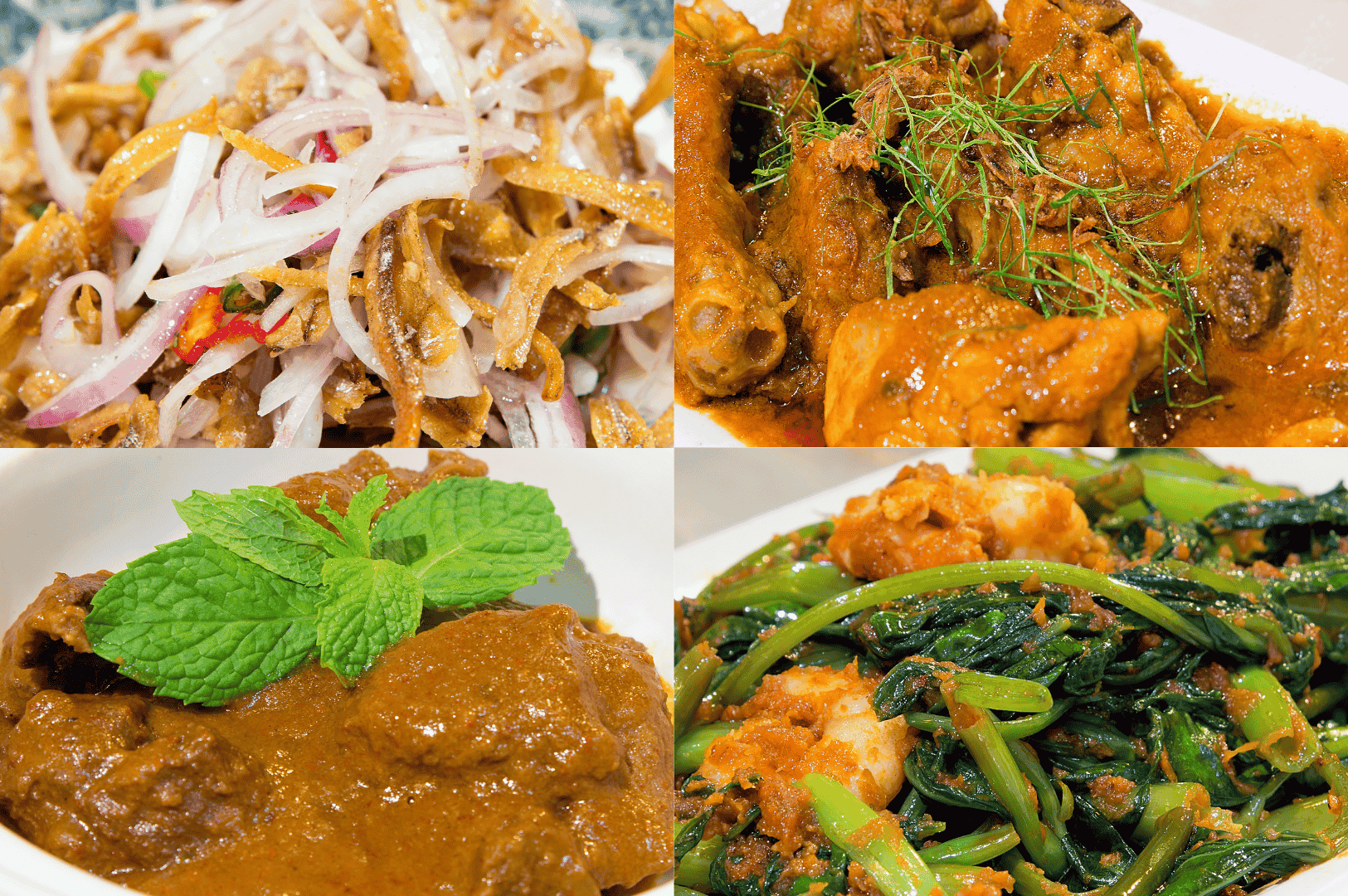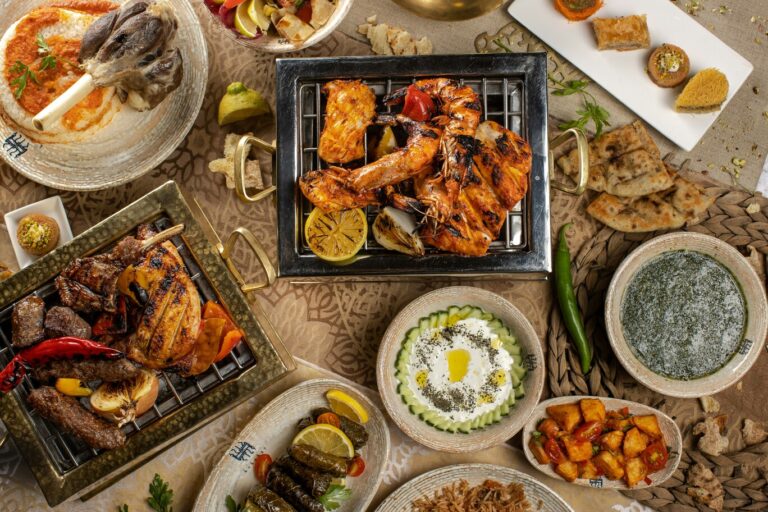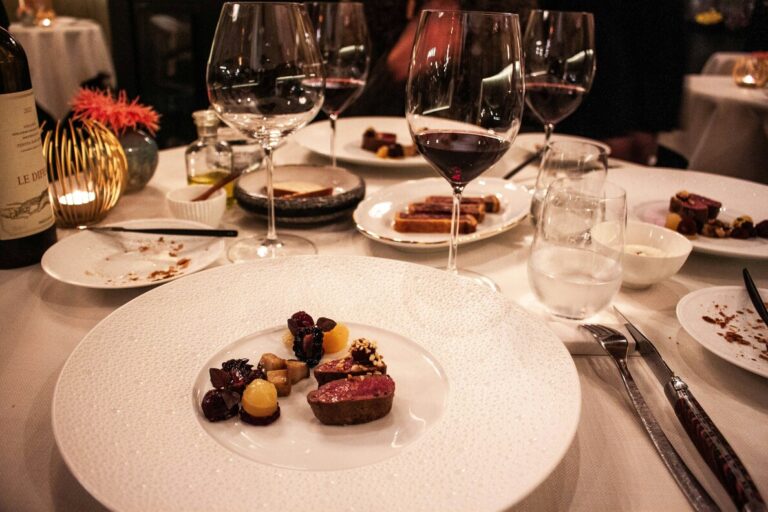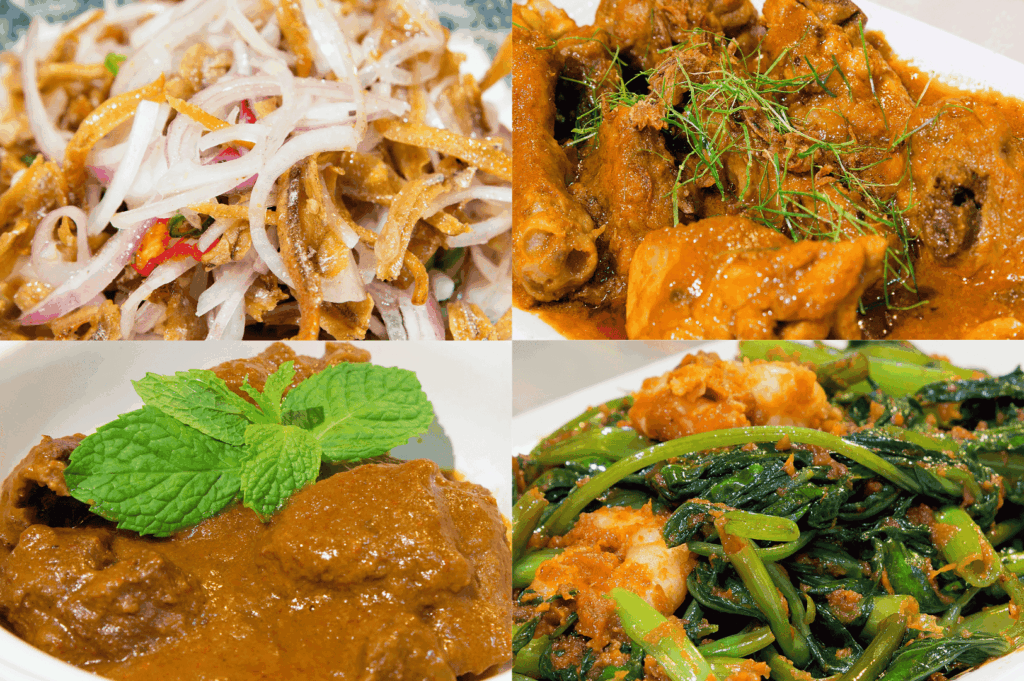
Peranakan cuisine, a vibrant tapestry woven from Chinese ingredients and Malay spices, represents the very heart of Singapore’s culinary heritage. For generations, its complex, aromatic dishes were the exclusive domain of home kitchens, with cherished nonya recipes passed down like precious heirlooms.
Today, this treasured Straits Chinese cuisine has embarked on a remarkable journey, moving from the family dining table to the forefront of Singapore’s most celebrated restaurants. Its transformation into a celebrated component of modern fine dining is a story of cultural pride and culinary innovation.
This article tracks the evolution of Peranakan food, exploring how a new generation of chefs is reinterpreting these beloved flavors for a contemporary audience.
The Cultural Roots of the Best Peranakan Cuisine
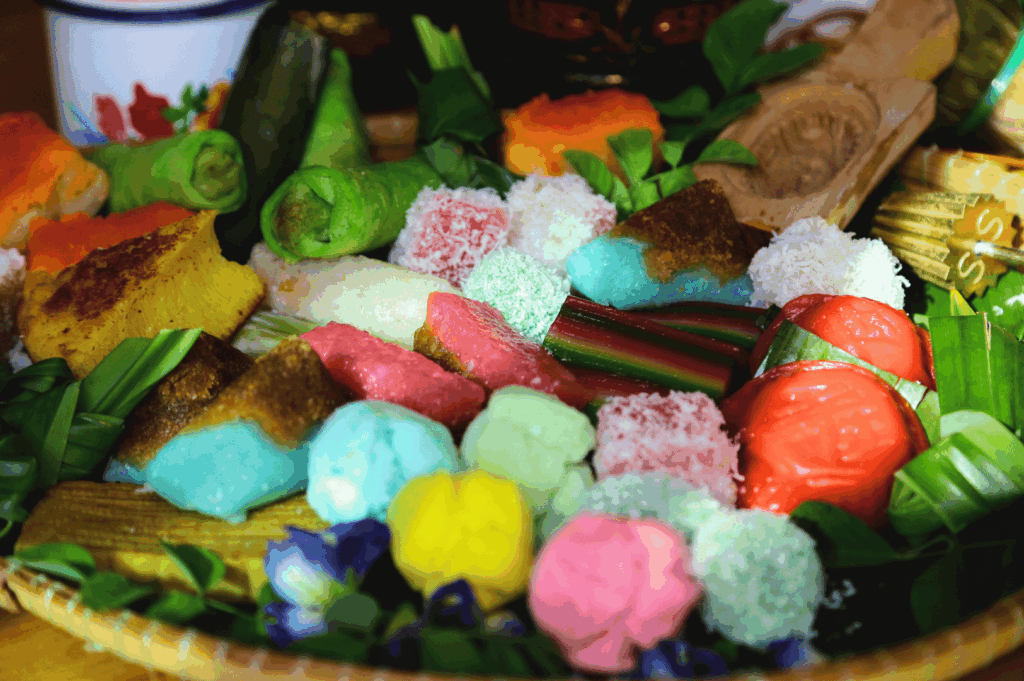
The story of Nyonya food begins with the Peranakan people themselves—descendants of early Chinese immigrants who settled across Southeast Asia, particularly in the Malay Archipelago, including Malaysia, and married local Malays. This unique union of cultures created a distinctive identity, language, and, most famously, a one-of-a-kind cuisine.
At its core, Nyonya cooking is a fusion. It masterfully combines Chinese cooking techniques, such as stir-frying and steaming, with the rich, aromatic spice paste (rempah) characteristic of Malay and Indonesian influences, with Malay cuisine serving as a foundational influence that shapes the flavors and ingredients of Peranakan food.
Ingredients like lemongrass, galangal, kaffir lime, and tamarind form the foundation of countless dishes. The painstaking process of pounding these fresh spices by hand into a fragrant spice mix is a time-honored tradition, essential for unlocking their true depth of flavor.
From Home Kitchens to First Restaurants
For decades, the only way to taste authentic Peranakan food was to be invited into a Peranakan home. The commercialization of these treasured recipes was a slow and careful process.
The first notable Peranakan restaurant concepts in Singapore, often found in areas like Joo Chiat, were typically run by families looking to share their heritage. Many of these family-run establishments were led by cooks who had honed their skills and passion for preparing Peranakan dishes from a young age, learning through hands-on experience in the kitchen.
Establishments like Guan Hoe Soon, founded in 1953, and Blue Ginger became beloved institutions, serving as culinary custodians for traditional food.
However, bringing home cooking into a commercial setting presented significant challenges. Standardizing family recipes that had always been cooked by “agak-agak” (estimation) required meticulous documentation. The labor-intensive preparation, especially the hand-pounding of the spice paste, was difficult to scale while maintaining the authentic flavour profile.
These early pioneers had to navigate a fine line: making the food accessible to the public without diluting the complex, multi-layered flavors that defined the Nyonya cuisine. Their success paved the way for Peranakan dishes to gain a foothold in Singapore’s public dining scene, where these irresistible dishes are meant to be eaten and savored, offering a truly memorable culinary experience.
The Turning Point: Entering Fine Dining
As the city’s dining scene grew more sophisticated, a space opened up for elevated interpretations of local cuisines. Forward-thinking chefs began to see the potential in applying modern culinary principles to Nyonya food, recognizing that its complex flavors were perfectly suited for a fine dining context.
One of the key moments was the realization that presentation and technique could be refined without sacrificing the soul of the dish. Instead of communal, family-style platters, dishes were individually plated with artistic precision.
A chef might use sous-vide to achieve perfectly tender chicken pieces for a stew or use premium ingredients alongside traditional ones. The reception was initially mixed, with traditionalists wary of the changes.
Pioneering Chefs and Their Innovations
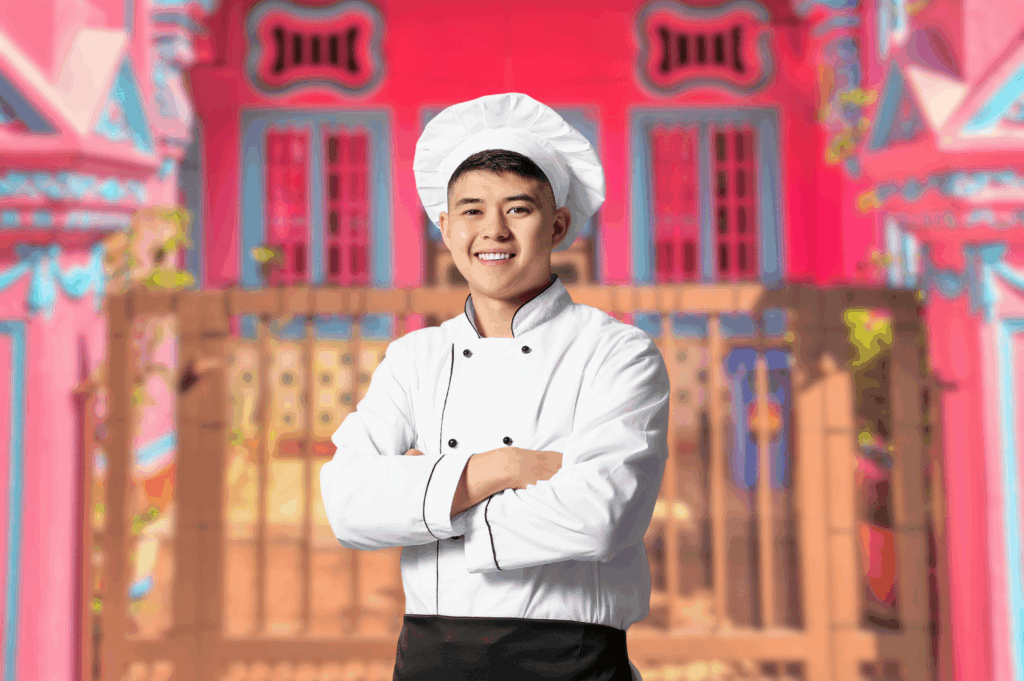
The rise of modern Peranakan cuisine Singapore owes much to visionary chefs who championed the food and dared to innovate.
Malcolm Lee (Candlenut): Perhaps the most prominent figure in this movement, Chef-owner Malcolm Lee’s journey is deeply personal. Inspired by his family’s cooking, he set out to elevate Peranakan food. His restaurant, Candlenut, located within the lush Singapore Botanic Gardens, made history as the world’s first Michelin-starred Peranakan restaurant.
Damian D’Silva (Rempapa): A stalwart of Singapore’s heritage cuisine, Chef Damian D’Silva is a walking encyclopedia of local culinary traditions. At his restaurant, he showcases dishes with uncompromising authenticity but presents them in a contemporary setting. His popular cooking classes emphasize mastering foundational techniques and understanding the “why” behind every recipe.
Danny Chew (Bonding Kitchen): Located near Parkway Parade, Bonding Kitchen is another example of a chef with a deep personal connection to Peranakan culture. Chef-owner Danny Chew’s menu features beloved classics alongside creative interpretations, showing how a modern twist can bring new life to traditional Nyonya dishes.
Signature Dishes Reimagined
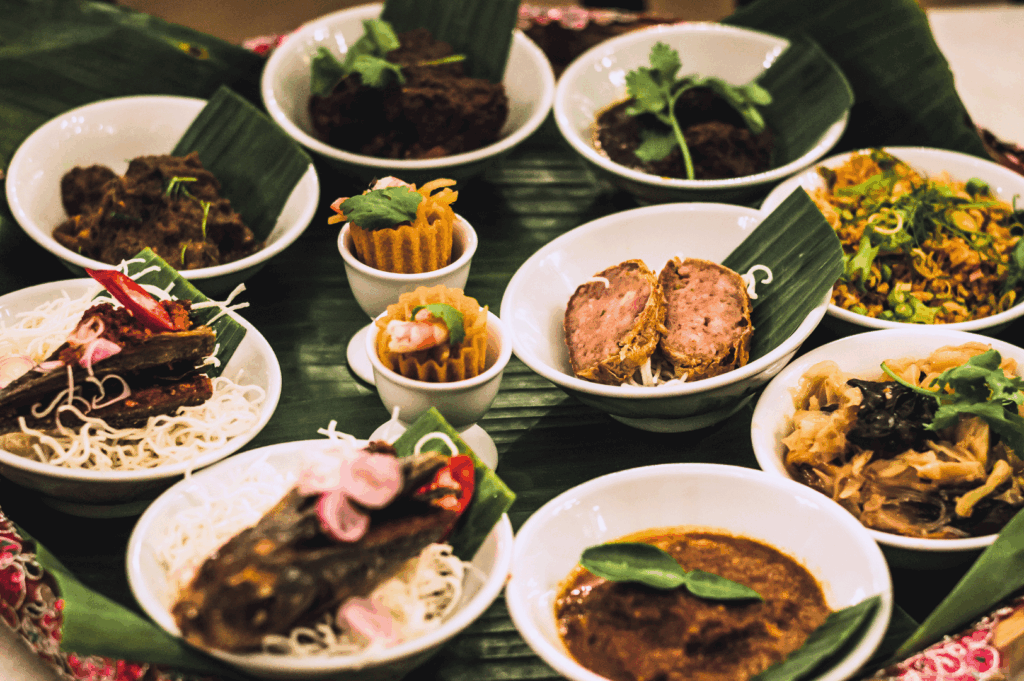
The evolution of Peranakan food is best understood by looking at how classic dishes have been reinterpreted. These chefs are not changing the core identity of the food but are refining it through technique and presentation.
- Ayam Buah Keluak: Traditionally a rustic chicken stew, this iconic dish features the buah keluak, a hard-shelled nut with a rich, earthy, truffle-like flesh. In a fine dining setting, chefs often painstakingly extract the nut’s paste, mix it with minced pork and spices, and pipe it back into the shell. The chicken itself might be cooked to perfect tenderness.
- Babi Pongteh: This classic braised pork dish, traditionally made with pork belly, is often reinterpreted using more refined cuts. The slow-braising process is perfected to yield meltingly tender meat, and the fermented soybean gravy is refined for a more elegant consistency. Another popular pork dish, Babi Assam, gets a similar treatment, balancing the sourness of tamarind with rich savouriness.
- Chap Chye: The humble mixed vegetable stew is elevated with high-quality ingredients and a broth rich with flavor from prawn stock and fermented soybeans. Each vegetable is cooked to its ideal texture, a far cry from the often over-cooked home-style version.
- Desserts: Traditional sweets are transformed into sophisticated desserts. A classic like kueh lapis might be deconstructed, while new creations like durian pengat pancakes showcase a modern approach to beloved flavors like palm sugar (gula melaka) and coconut cream.
The Sweet Side: Peranakan Desserts and Sweets in Fine Dining
No exploration of Peranakan cuisine is complete without indulging in its dazzling array of desserts—a testament to the community’s love for both tradition and innovation. Peranakan food is renowned for its vibrant, multi-layered flavors, and this artistry extends beautifully to the sweet treats that often conclude a meal. Nyonya kueh, such as the iconic kueh lapis with its delicate, colorful layers, and the chewy, coconut-coated ondeh-ondeh bursting with molten gula melaka, are more than just desserts; they are edible expressions of Peranakan heritage.
At the heart of these sweets are staple ingredients like coconut milk and palm sugar, which lend a rich, fragrant sweetness and a distinct flavor profile that sets Peranakan desserts apart from other Southeast Asian cuisines.
Modern Peranakan restaurants in Singapore, including Michelin-starred establishments, have elevated these traditional desserts to new heights.
The Authenticity Debate
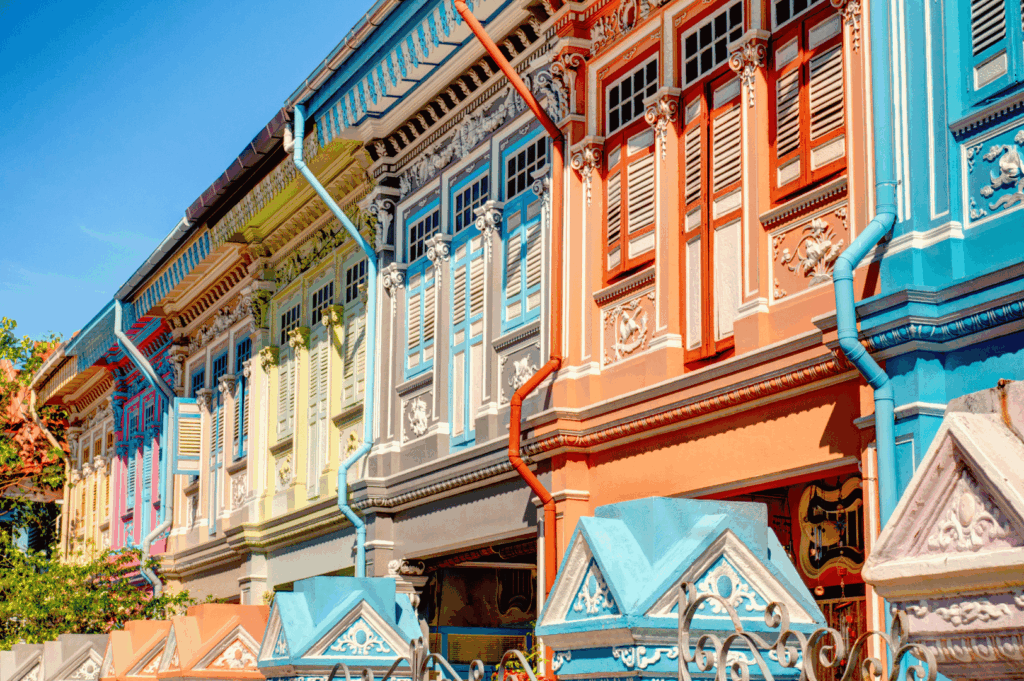
The rise of the modern Peranakan restaurant has inevitably sparked a lively debate about authenticity. For a cuisine so deeply rooted in family and tradition, any deviation from age-old recipes can be met with skepticism. Purists and Peranakan elders sometimes argue that modern interpretations risk losing the cuisine’s soul, particularly if they skimp on labor-intensive preparation.
Pioneering chefs navigate these expectations with immense respect. They often frame their work not as changing the cuisine but as preserving it for a new era. As one culinary expert might note, “Innovation is a form of preservation. It keeps the cuisine relevant and ensures future generations will continue to cherish it.” This dialogue between past and present is what keeps the best Peranakan food dynamic. The goal is to find a balance where a dish is still recognizably Peranakan, but perhaps presented in a new form.
Peranakan Influence on Fusion Cuisine
The distinct, complex flavors of Peranakan cooking have not gone unnoticed by chefs outside the tradition. The aromatic blend of spices has become a powerful source of inspiration for fusion dishes across Singapore. You might find a classic French dish elevated with a hint of pandan leaves, or a Spanish tapas menu featuring a deep-fried croquette with the flavor of Assam Pedas (sour and spicy fish stew).
This cross-cultural pollination is a testament to the global appeal of Peranakan culinary elements. Top chefs are incorporating ingredients like buah keluak or gula melaka into their menus, recognizing their unique ability to add depth.
These collaborations show that Peranakan cuisine is not just a relic of the past but a living tradition that can engage in a creative dialogue with other world cuisines. Even within Southeast Asia, regional variations between Singaporean and Malaysian Peranakan food offer further avenues for exploration.
The Future of the Best Peranakan Food
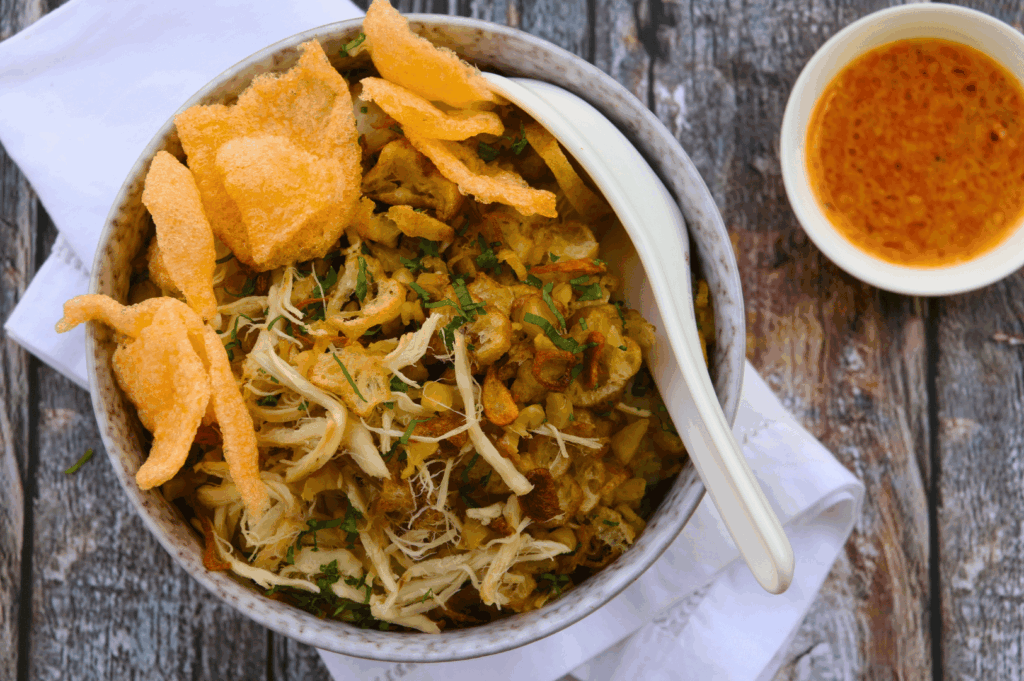
The future of Nyonya fine dining looks bright. A new generation of chefs, some with formal training in Western culinary arts, are exploring their Peranakan roots with fresh eyes. We can expect to see continued innovation, with a greater focus on sustainability—sourcing local ingredients and adopting zero-waste approaches.
Technology may also play a bigger role, not to replace traditional methods, but to enhance consistency in a commercial kitchen. The core of the cuisine, however, will likely remain unchanged: a deep respect for heritage, a love for complex flavors, and a commitment to bringing people together over a shared meal of rice and beautifully cooked dishes. Peranakan food will continue to evolve, finding new expressions while proudly carrying its history forward.
What’s Next
The journey of Peranakan cuisine from home kitchens to a Michelin-starred Peranakan restaurant is a powerful story of cultural resilience and creativity.
Its successful integration into the fine dining landscape has not only preserved its legacy but has given it a new platform to shine, captivating a global audience. This evolution is vital, ensuring that one of Singapore’s most unique cultural treasures remains a vibrant and cherished part of its identity.
For those wishing to experience this delicious evolution, restaurants like Candlenut, Bonding Kitchen, and Blue Ginger offer a perfect starting point for an unforgettable dinner.
